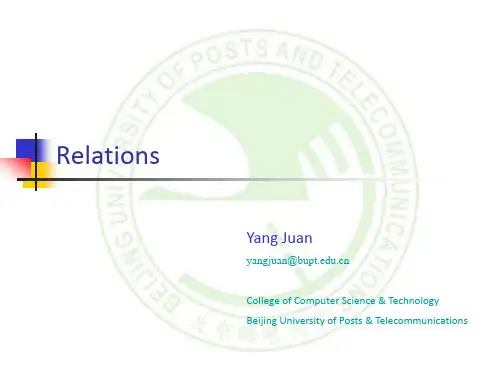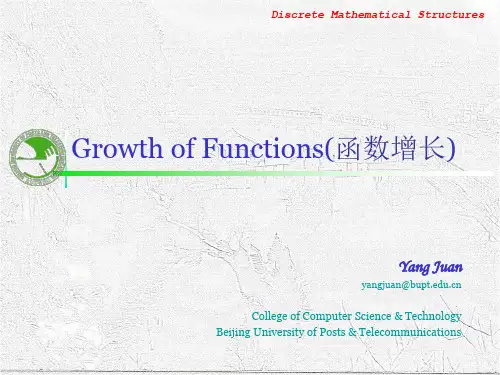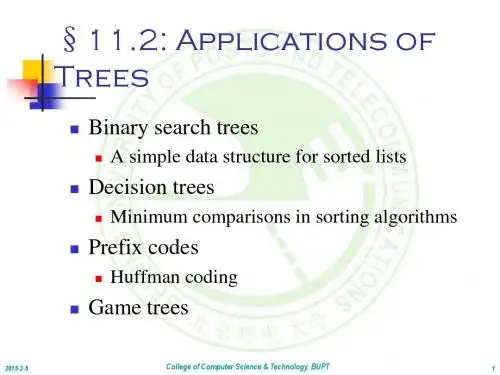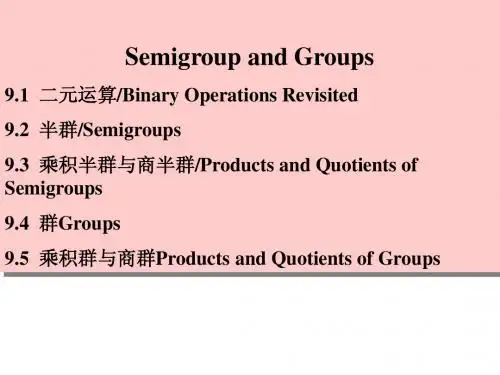Examples
(Z, +) is a commutative semigroup.
The set P(S), where S is a set, together with the operation of union is a commutative semigroup.
The set Z with the binary operation of subtraction is not a semigroup, since subtraction is not associative.
Subsemigroup – 子半群
Let
(S, *) be a semigroup and T be a subset of S.
if T is closed under the operation *, then
(T, *) is called a subsemigroup of (S, *).
Powers of a
Suppose
(S, *) is a semigroup, a ∈ S n ∈ Z+
Define the powers of an recursively as follows:
al = a, an = an-1 * a, n ≥2.
a0 = e
if (S, *) is a monoid
if it is a one-to-one correspondence from S to T, and f(a*b) = f(a)*'f(b) for all a and b in S.
Note
If f is an isomorphism from (S, *) to (T, *'), then, since f is a one-to-one correspondence, f-1 exists and is a one-toone correspondence from T to S.










